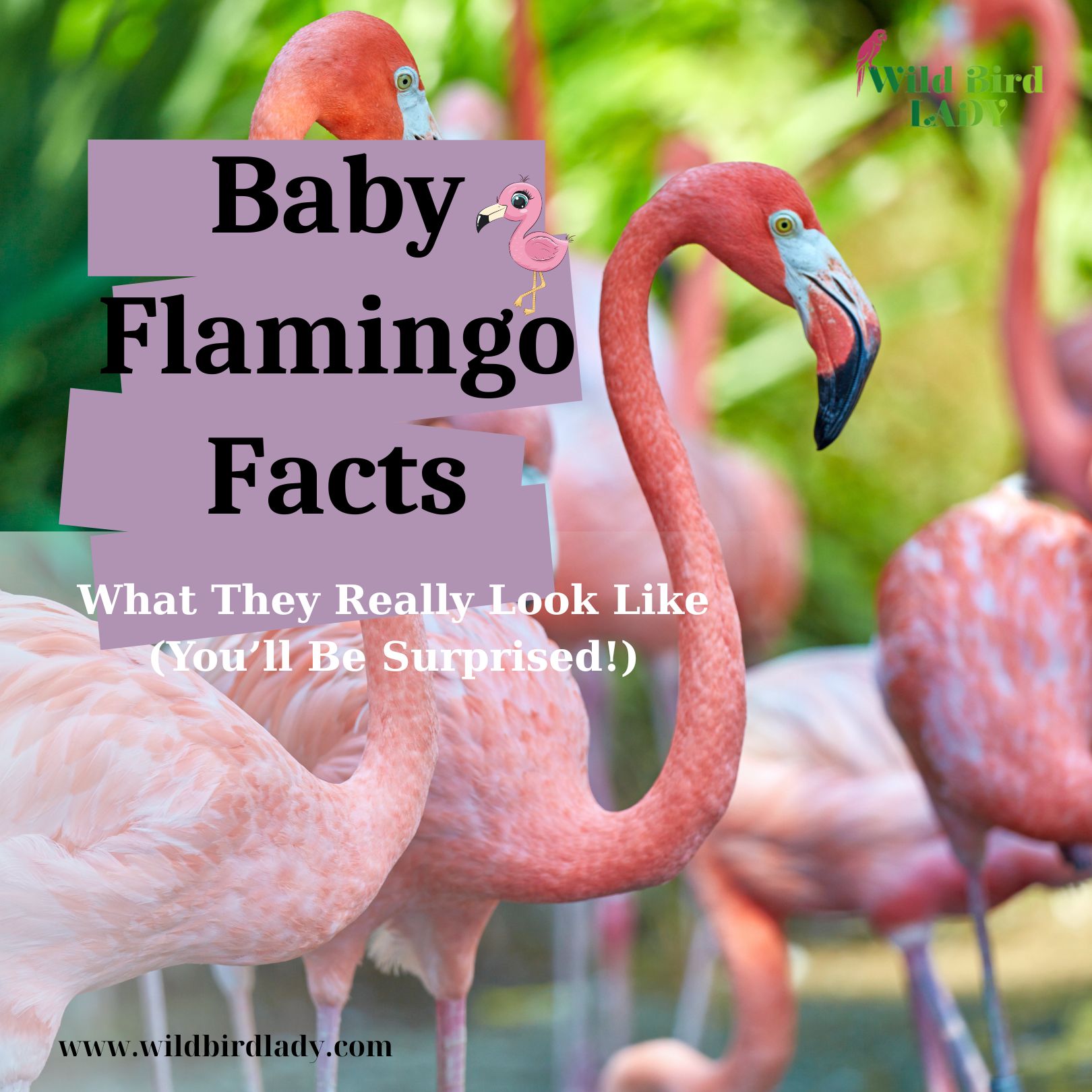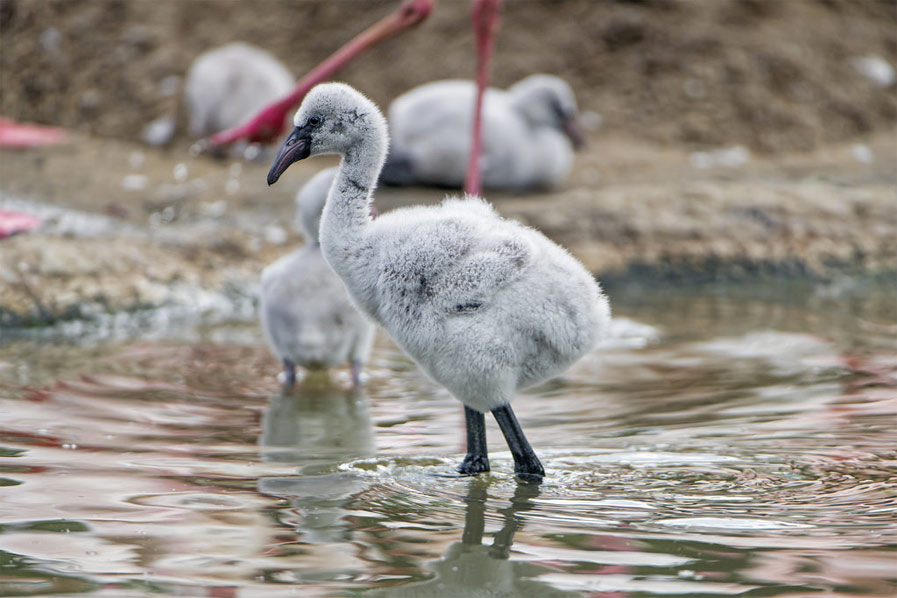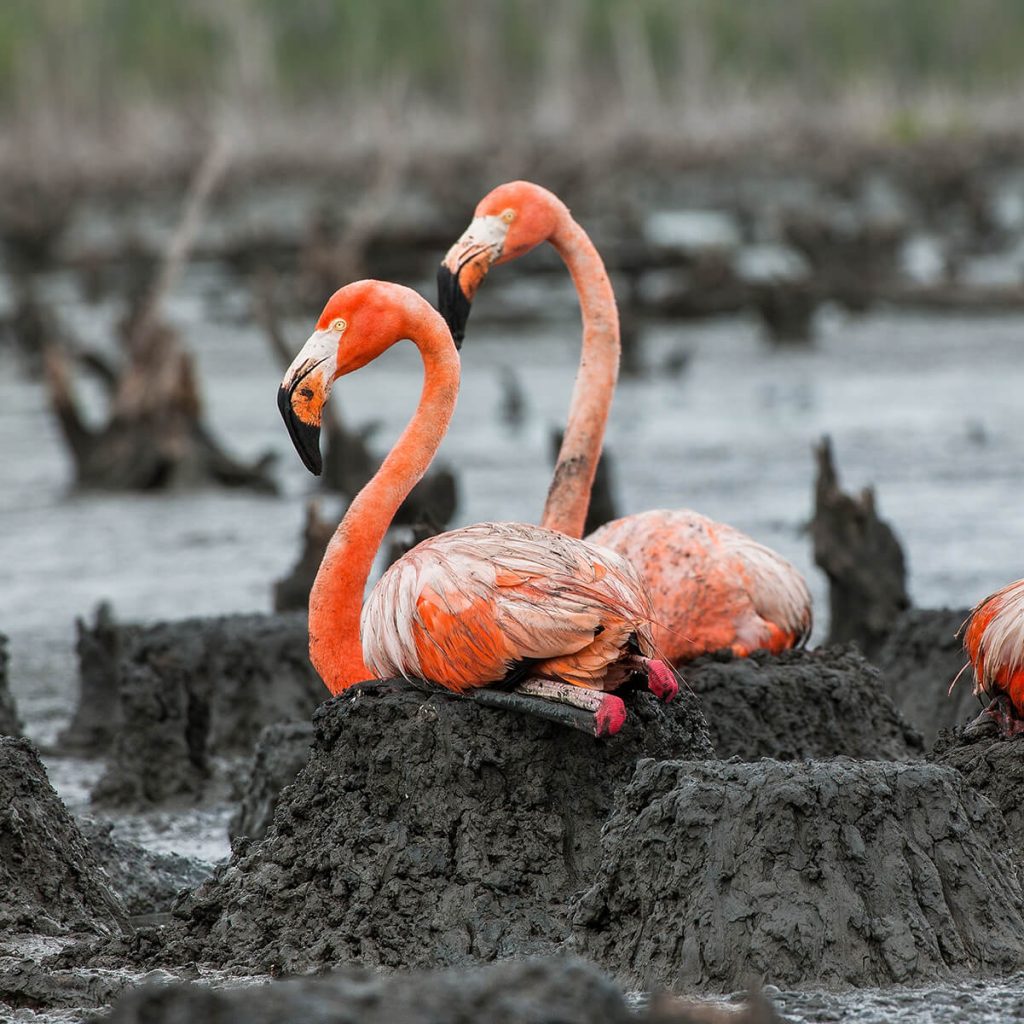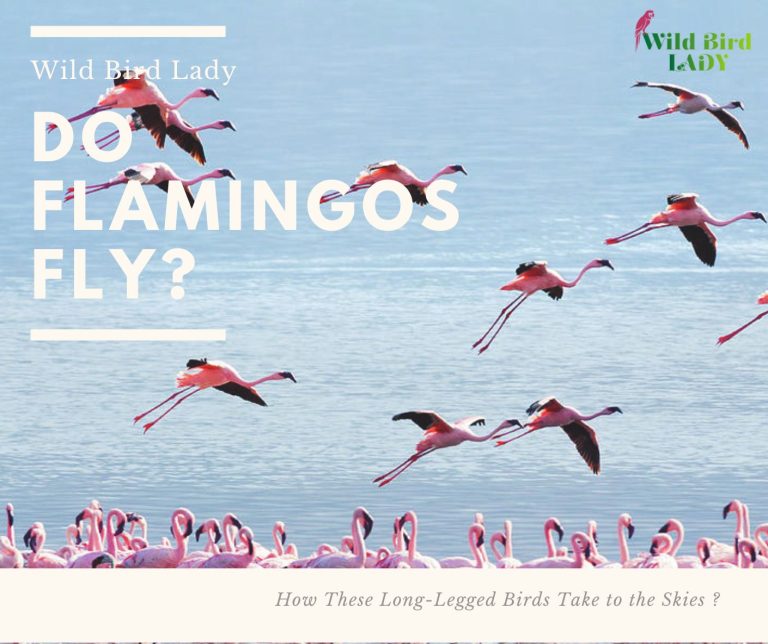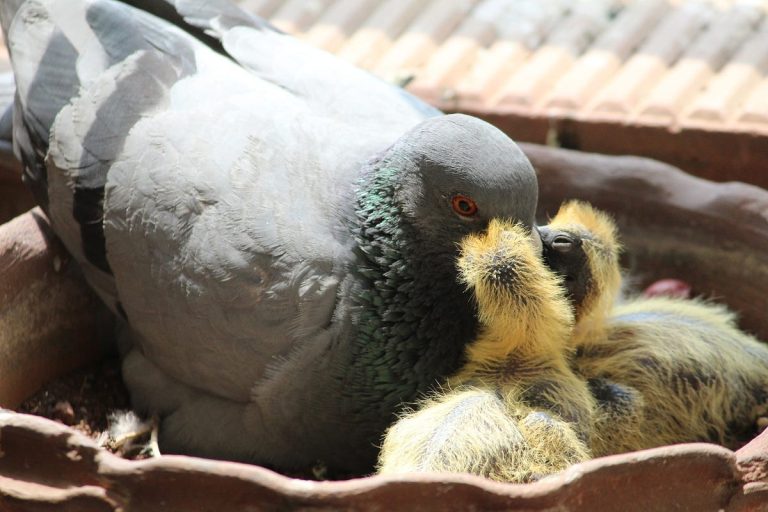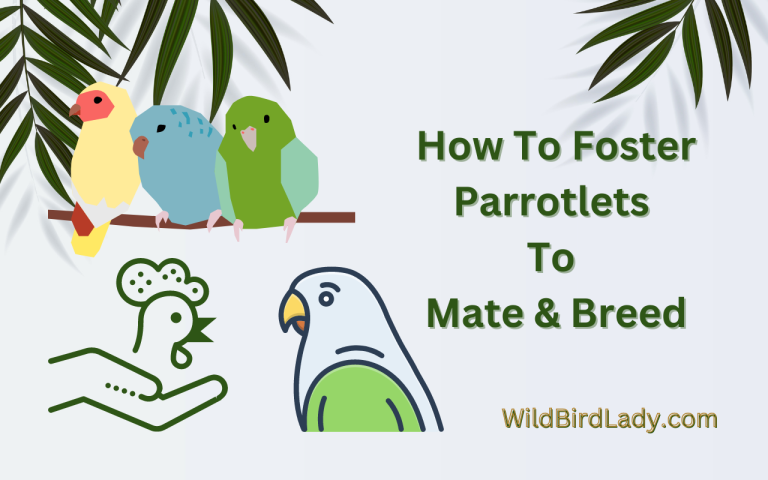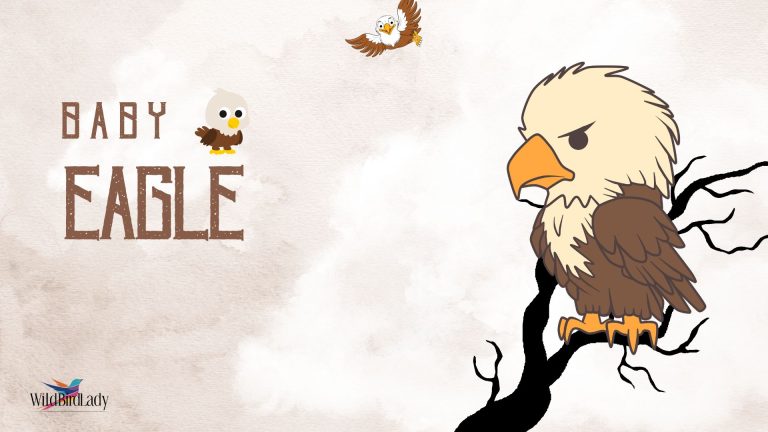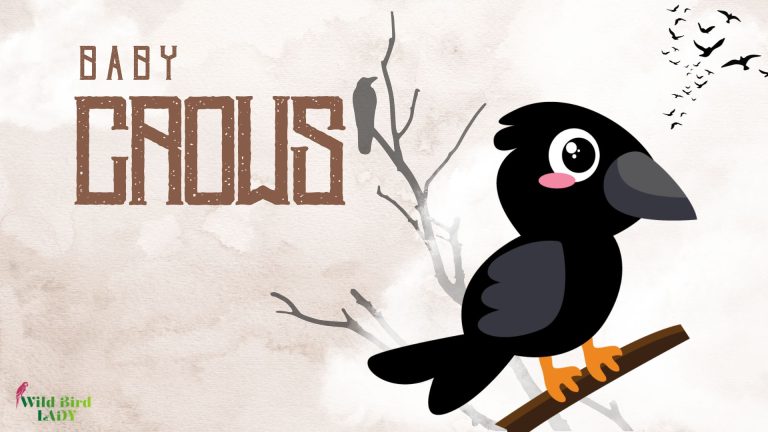Baby Flamingo Facts: What They Really Look Like (You’ll Be Surprised!)
Introduction: Not What You Expect
When you think of a flamingo, chances are your mind jumps to a vibrant pink bird standing elegantly on one leg in a shallow lake. But have you ever wondered what a baby flamingo looks like?
Spoiler alert: It’s not pink.
In fact, the fluffy, awkward little chicks are almost unrecognizable from the adult flamingos we know and love.
In this deep-dive guide, we’ll explore everything you never knew you needed to know about baby flamingos — from their strange appearance and curious development to what they eat, how they sound, and why they’re so fascinating (and a little bit weird).
What Do Baby Flamingos Look Like?
When you hear the word “flamingo,” a picture of a tall, pink bird balancing gracefully on one leg probably comes to mind. But baby flamingos, or flamingo chicks, look nothing like the iconic birds they grow up to be.
In fact, they might surprise you — and not just because of their color.
Fresh Out of the Egg
The moment a baby flamingo hatches, it enters the world as a round, fuzzy ball of fluff with grayish-white down feathers. Unlike many songbirds or colorful chicks you might be used to, baby flamingos look surprisingly simple — but in an endearing, awkward kind of way.
Key Features of a Flamingo Chick:
- Color:
Forget pink. Flamingo chicks hatch covered in a soft, pale gray or white down. This neutral color provides camouflage and insulation in their muddy, sun-exposed nesting environment. The famous pink hue won’t appear for several months and requires a specific diet of carotenoid-rich food. - Beak:
At birth, their beaks are short and straight, unlike the dramatic, curved bills of adults. Over the first few weeks, the beak begins to curve downward as it strengthens and prepares for the unique feeding behavior flamingos are known for — filter feeding. During this time, they still rely completely on their parents for food. - Legs:
Baby flamingos don’t have those elegant pink stilts just yet. Their legs are thicker, shorter, and pale in color — often a pinkish-gray or off-white shade. These chubby legs help support their soft bodies as they learn to wobble around the nest. - Eyes:
With their small heads covered in fluff, a baby flamingo’s dark eyes often appear unusually large, giving them a wide-eyed, cartoonish look. This also helps strengthen their bond with parents, as visual and auditory recognition is essential in huge colonies. - Size:
Flamingo chicks are quite small when they hatch — only about 2.5 to 3 inches (6–8 cm) long and weighing around 73–90 grams (2.5–3.2 oz). But don’t let their size fool you — these little fluff balls grow fast!
What Makes Them So Adorably Awkward?
Baby flamingos are the definition of “ugly-cute.” Their heads seem too big for their bodies, they stumble when they try to walk, and their oversized feet often trip them up. Add in a constant hungry expression and a squeaky call, and you’ve got a chick that’s impossible not to love.
Their fluffy texture, combined with their oversized bill and serious expression, makes them look almost like tiny prehistoric creatures — something between a puffball and a baby dinosaur!
Why Do They Look So Different from Adults?
It’s all about survival and growth.
- The gray/white color helps them blend into the nesting grounds, where sun, mud, and predators can pose serious threats.
- The straight beak makes feeding easier for the parents, who regurgitate crop milk into the chick’s mouth.
- Thick legs support rapid growth and early mobility — essential when chicks join crèches (group nurseries) within a couple of weeks.
These features might look awkward to us, but each one plays an essential role in helping the baby flamingo survive and thrive in the first critical months of life.
Want to See for Yourself?
If you’re curious about what baby flamingos look like in real life:
- Check your local zoo or aviary during breeding season (typically spring and summer).
- Watch videos from flamingo breeding colonies like Lake Natron in Tanzania or Camargue in France.
- Explore baby flamingo images on wildlife photography websites or check conservation programs that track chick development.
Seeing one in person — with its fuzzy body and oversized bill — is an unforgettable experience.
How Are Baby Flamingos Born?
Flamingos are monogamous during breeding season, forming strong pair bonds. Once they mate, the male and female work together to build a mud mound nest — usually a cone-shaped structure just a few inches high to protect their egg from flooding or overheating.
Nesting Facts:
- Clutch size: Usually just 1 egg
- Incubation time: About 27–31 days
- Parental care: Both parents take turns sitting on the egg
Once hatched, the chick stays in the nest for 5–12 days while being carefully watched and fed.
Baby Flamingo First Steps
Unlike songbirds that stay hidden in nests, flamingo chicks start walking within days after hatching. But they’re wobbly at first. Imagine a cotton ball trying to balance on two matchsticks.
They’ll often be seen toddling around in the safety of the colony, guarded by adults.
Did You Know?
Flamingo chicks join crèches (baby flamingo daycare!) — large groups of young birds that stay together for safety. This allows parents to go off and feed while the chicks are guarded by a few adults.
What Do Baby Flamingos Eat?
Now here’s where it gets really interesting — baby flamingos don’t eat insects or seeds. Instead, they’re fed a red, high-fat, high-protein substance called “crop milk”.
Crop Milk 101:
- Produced by both parents (like pigeons)
- Comes from the lining of the upper digestive tract
- Bright red due to the presence of carotenoids
Yes, red milk. Flamingo parents regurgitate this directly into the mouths of their young. It’s bizarre, but it’s also incredibly nutritious and essential for rapid growth.
As chicks grow, they begin to supplement their diet with more solid food — tiny aquatic invertebrates, algae, and more — all filtered through their evolving beaks.
When Do Flamingos Turn Pink?
The most asked question about baby flamingos is:
“When do they turn pink?”
And the answer? Not for a while.
Color Timeline:
- 0–3 months: Still gray or white
- 3–6 months: Begin showing faint blush or pink tinge
- 1 year: Light pink starts to develop
- 2–3 years: Full adult coloration appears
The pink color comes from carotenoids — natural pigments found in the flamingo’s food, especially brine shrimp and blue-green algae.
It’s not genetics. It’s diet!
That’s why flamingos in captivity may sometimes appear paler — unless zookeepers carefully regulate their food to ensure proper coloration.
The Evolution of the Flamingo Beak
At birth, a baby flamingo’s beak is soft and straight. But flamingos are filter feeders, requiring a specialized beak that curves downward and acts like a sieve.
By the time they’re a few weeks old, their bills start to harden and curve. Eventually, the unique structure allows them to filter mud and water efficiently — a skill essential for survival.
Fun fact: Baby flamingos learn how to “pump” their beaks upside down in shallow water by watching their parents.
Flamingo Chicks Grow Fast — Here’s How
In the wild, time is everything. Baby flamingos grow incredibly fast because colonies often nest in remote or volatile wetlands that can dry up or flood quickly.
Milestones:
- 2 weeks: Begin walking more steadily
- 3–4 weeks: Join crèche fully, practice feeding
- 2 months: Begin growing flight feathers
- 2.5–3 months: Start short flights
- By 3 months: Nearly adult-sized
However, they won’t be ready to breed themselves until they’re about 5–6 years old.
Baby Flamingo Sounds: What Do They Sound Like?
When you think of flamingos, you might imagine loud honks echoing across a salt flat. But baby flamingos — or flamingo chicks — sound nothing like their adult counterparts. Instead, their vocalizations are soft, high-pitched, and surprisingly gentle.
What Does a Baby Flamingo Sound Like?
Baby flamingos make quiet peeping sounds, soft warbles, or thin whistles — almost like a squeaky toy or a chick chirping in a nest. These sounds might be subtle, but they carry a powerful purpose in a flamingo colony.
🔊 Listen to a baby flamingo call:
🎧 Baby Flamingo Call – Macaulay Library (Phoenicopterus ruber)
Recorded by Paul Marvin | Texas, United States
You’ll hear a soft, whistling “peep-peep” that might seem insignificant — until you realize it’s the chick’s unique voiceprint, which its parents learn to recognize from the moment it hatches.
Why Do These Sounds Matter?
In the wild, flamingo colonies can number in the tens of thousands. So how does a parent find its own chick?
- Each baby flamingo has a distinct call, like a fingerprint in sound.
- Parents use vocal recognition to locate and feed only their own offspring.
- These vocal bonds are formed within the first few days after hatching and stay strong even when chicks move into large crèches with hundreds of others.
This vocal imprinting ensures that in the chaos of a flamingo nursery, a chick’s soft peep cuts through — and brings mom or dad running with food.
Fun Fact:
Flamingo chicks start vocalizing before they even hatch! While still inside the egg, they begin chirping to communicate with their parents — a behavior that helps strengthen the parent-chick bond even before birth.
Where Can You See Baby Flamingos?
Baby flamingos are rare to witness in the wild unless you’re visiting a large breeding colony — and even then, timing matters.
Hotspots:
- Lake Natron, Tanzania – Lesser flamingo breeding site
- Camargue, France – Greater flamingos
- Andean plateaus – High-altitude colonies
- Zoos and aviaries – Easier to observe chicks up close
In zoos, flamingos often breed in spring and summer. Chicks may be visible by early summer, following the seasonal nesting schedule.
Fun & Weird Baby Flamingo Facts
- They only lay one egg per year — and only if conditions are right.
- Parents recognize their chick by voice, not appearance.
- They drink salty water thanks to special glands near their eyes.
- Crop milk turns pink too if the parents eat lots of carotenoids.
- Flamingo chicks shed their down and grow adult feathers gradually — they look pretty scruffy during the transition!
Flamingo Conservation: Protecting the Pink Icons of Wetlands
Flamingos are some of the most recognizable and beloved birds in the world, but behind their elegance lies a more fragile truth — many flamingo species face increasing threats to their survival, especially during the early stages of life.
Why Are Flamingos at Risk?
While adult flamingos are highly adaptable and can travel long distances to find food and safety, their nesting sites are incredibly sensitive. Disruptions to these delicate ecosystems can spell disaster, especially for baby flamingos, which are entirely dependent on both their parents and the stability of their environment.
Major Threats Include:
- Habitat Loss:
Many flamingos nest in alkaline or saline lakes that are highly vulnerable to changes in water levels. Climate change, dam construction, and overuse of water for agriculture have caused key wetlands to dry up, leaving flamingos with nowhere to breed. - Pollution:
Runoff from nearby farms, mining operations, and industrial waste can poison flamingo feeding grounds. Contaminated waters reduce food quality and may even impact chick development. - Disturbance During Nesting:
Flamingos are sensitive to human intrusion. Increased tourism, drone use, and unregulated photography in breeding areas can cause adults to abandon nests — sometimes resulting in entire colonies failing to raise chicks.
Why Baby Flamingos Are Especially Vulnerable
Baby flamingos, or chicks, depend heavily on constant care from both parents. They need:
- A steady supply of crop milk for nutrition
- Protection from predators and extreme weather
- A stable, undisturbed nesting site
If just one parent is lost, or if the nesting site is disrupted, the chick may not survive. In large colonies, even minor disturbances can cause mass abandonment of nests, leaving thousands of eggs or chicks exposed.
Conservation Efforts in Action
Thankfully, global conservationists and bird lovers are stepping up to protect these extraordinary birds.
Key Strategies Include:
- Protecting Breeding Sites:
Governments and conservation groups are working to preserve and restore wetland habitats, especially the shallow, salty lakes flamingos depend on. Key sites include:- Lake Natron (Tanzania) – Critical for Lesser Flamingos
- Camargue (France) – Major Greater Flamingo breeding ground
- Laguna Colorada (Bolivia) – Home to the rare James’s Flamingo
- Monitoring Populations:
Conservationists track flamingo numbers using satellite imagery, tagging programs, and drone surveys to monitor trends and detect early signs of habitat decline. - Regulating Ecotourism:
In sensitive nesting areas, some regions are limiting visitor access during breeding seasons, establishing protected buffer zones, and launching awareness campaigns to educate tourists. - Scientific Research & International Cooperation:
Flamingos often cross international borders, so effective protection requires global partnerships. Organizations like the Flamingo Specialist Group (under Wetlands International) are:- Conducting field studiesAdvising governmentsSupporting local community-based conservation projects
What You Can Do to Help
You don’t have to travel to Africa or South America to make a difference:
- Avoid products that pollute wetlands, such as certain chemical fertilizers or unsustainable seafood.
- Support conservation groups working on flamingo habitat protection.
- Spread awareness about the vulnerability of flamingos — especially baby chicks.
- Practice ethical birdwatching and photography: Avoid getting too close during nesting seasons and always follow local guidelines.
A Future Worth Saving
Flamingos are not just symbols of beauty — they’re indicators of wetland health. When their numbers drop, it’s often a sign that entire ecosystems are in trouble. Protecting them means protecting countless other species, too.
By understanding the challenges baby flamingos face and supporting the people working to protect them, we can help ensure that future generations will still marvel at those weird, wonderful pink puffballs dancing in the shallows.
Final Thoughts: Why Baby Flamingos Matter
They may not be as glamorous as their pink parents, but baby flamingos are a marvel of adaptation and survival.
From red crop milk to daycare crèches, their lives are full of surprises.
Seeing one in the wild is rare, but unforgettable. So next time someone says “flamingo,” don’t just think pink — think fluffy, gray, awkward, and absolutely amazing.
Frequently Asked Questions (FAQ)
What is a baby flamingo called?
A baby flamingo is typically called a chick or a flamingo chick.
Are baby flamingos born pink?
No — they hatch with gray or white down feathers. The pink color develops over time based on diet.
What do baby flamingos eat?
They eat crop milk produced by their parents, and later transition to algae, brine shrimp, and other tiny aquatic organisms.
When do flamingo chicks start flying?
Around 2.5 to 3 months of age, though they reach full adult size and strength after several months.
Can I see baby flamingos at the zoo?
Yes! Many zoos have breeding programs, and chicks are usually born in spring and summer.
Read Also:

